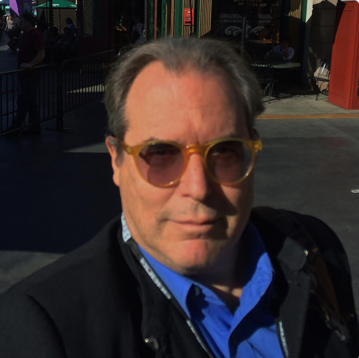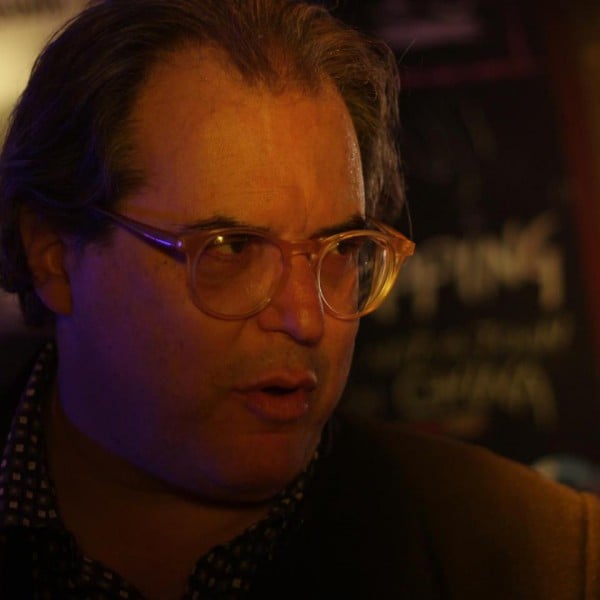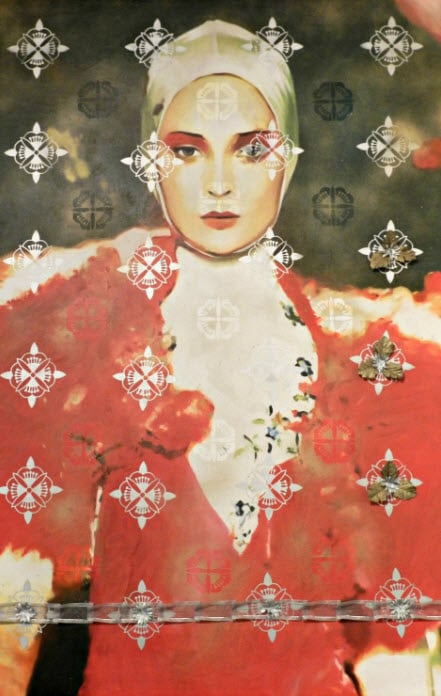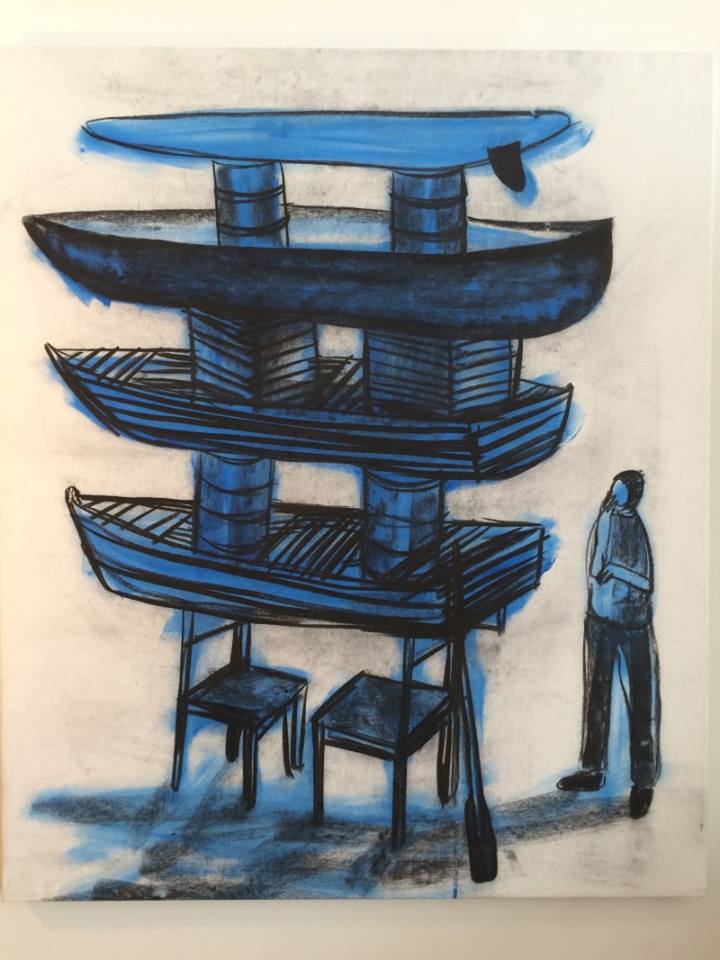Galleries
Music Industry Veteran Ed Steinberg On Cuban Art and Culture
The owner of Cuban Fine Arts discusses his collaborations with Cuban artists.

The owner of Cuban Fine Arts discusses his collaborations with Cuban artists.

Artnet News


Ed Steinberg, Owner, Cuban Fine Arts.
What do Madonna, Duran Duran, Richard Artschwager, and Jean-Michel Basquiat have in common? The answer is Ed Steinberg. The music video producer and director (he’s credited with creating Madonna’s first music video in 1982 for the song “Everybody”) recently opened a gallery in the trendy neighborhood of Williamsburg, Brooklyn. Cuban Fine Arts focuses on both emerging and established Cuban artists, including Kcho, Adigio Benitez, Nelson Dominguez, Roberto Fabelo, and Manuel Mendive. In this interview, Ed gets candid about his passion for art and music, and his unique relationship with Cuban arts and culture.
Tell us about your background in art and what led you here.
I have a fine arts degree from SVA and Stony Brook University. My video work is in 20+ museums, and has been shown in 40+ galleries worldwide. I studied with Richard Artschwager, Joseph Kosuth, Yvonne Rainer, Malcolm Morley, Lawrence Alloway, Steve Reich, and Ed Emshwiller, and worked with Jean-Michel Basquiat.
What type of art does your gallery focus on?
We show only Cuban art made by artists living in Cuba, mostly figurative work, including works by well-known Cuban artists Zaida del Río, Juan Roberto Diago, Nelson Dominguez, Rocio García de la Nuez, Kcho, and Manuel Mendive, with younger, up-and-coming artists such as Aviva A. Perez, Cristian Del Rio, Francis Del Rio, Gustavo Del Valle Ramírez, and Carlos Manuel Guzmán Hernández.

Aviva A. Perez, Grey Wishes (2015). 59 x 39 in. (149.9 x 99.1 cm.). Courtesy of Cuban Fine Arts.
Your passions—music and art—how do they relate? How does the gallery reflect this?
Although I have been involved in the ‘art scene’ for decades, I have been working with many of the best Cuban musicians for years. And just as in the early 1980s in New York, where painters collaborated with singers who collaborated with dancers who worked with writers, Havana has that same vibe now. If you work closely with Cuban musicians, it is inevitable you will be in contact with their dancer and painter counterparts. And as I met, studied, and collaborated with Cuban musicians, the natural flow was toward a combined and wholesome view of the world of the Cuban aesthetic. It’s overwhelming. And it’s very satisfying!
What is your next important show? Tell us why we should come.
Soon we will be presenting Zaida del Río’s new work with a live, six-hour performance piece with dancers and musicians.
What is the most important thing your gallery can do to gain exposure? Is it attending art fairs? What kind of online presence is important?
Word of mouth has been a tremendous help, as has our online presence through artnet and social media. With artnet, we can be specific with what we show and how we interact with potential collectors.

Kcho, Sin Titulo (2006). 59 x 39 in. (149.9 x 99.1 cm.). Courtesy of Cuban Fine Arts.
What is the best show you’ve seen recently?
I recently returned from the Havana Biennial. It was such a joyous event. The whole city was turned out to be a platform for artists worldwide. Even the legendary seaside Malecon was resplendent with art instillations. And let’s not forget New York artist Duke Riley’s ice skating rink!
How has the Cuban art market been affected by the recent change in US-Cuban relations? Why enter the gallery world now?
Within the last four months, I have seen a meteoric rise in Americans visiting the island. And naturally, there has been a dramatic show of interest in all things Cuban—art especially.